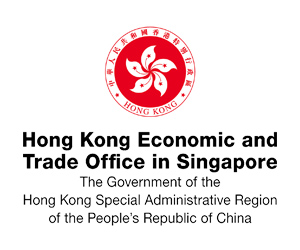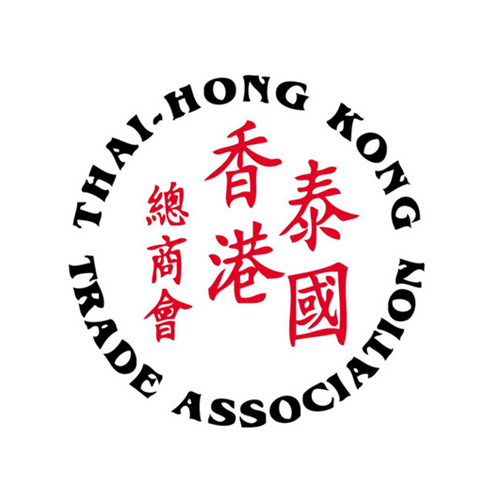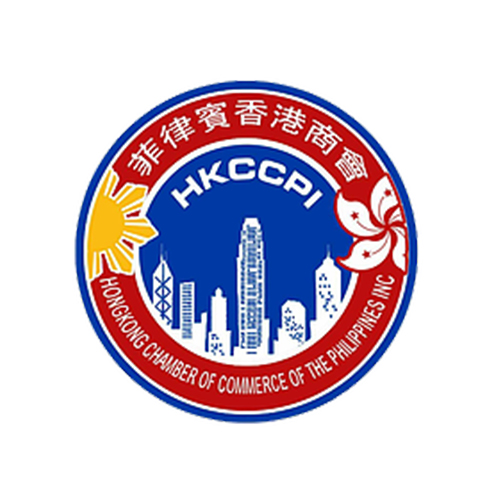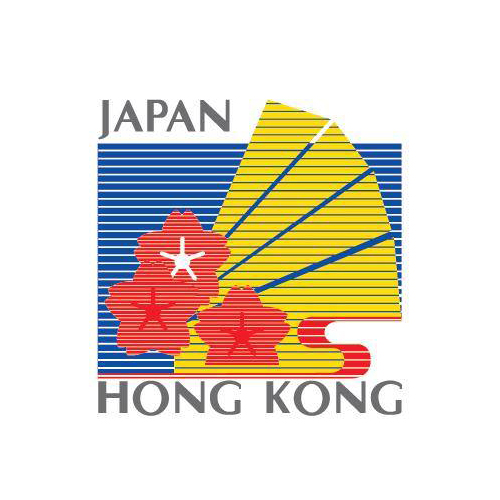Want to be in the loop?
subscribe to
our notification
Business News
MAKING VIETNAM A REGIONAL LOGISTICS HUB
“Developing a healthy logistics service market, creating equal opportunities for enterprises of all economic sectors, and attracting domestic and foreign investment capital in accordance with Vietnamese law and international treaties to which Vietnam is a member etc.” is an objective of the Action Plan for Vietnam Logistics Service Competitiveness Improvement and Development to 2025 approved by the Prime Minister in Decision 200/QD-TTg dated February 14, 2017. This action plan is expected to create momentums for logistics companies in Vietnam already being at an advantage to make a progress.
According to the Ministry of Industry and Trade, Vietnam currently has about 1,300 active logistics companies, including foreign-invested firms, mainly engaged in forwarding, shipping, warehousing, seaport, stevedoring, distribution, agent, customs procedure, and integrated logistics services. Vietnam’s logistics services generate US$20-22 billion a year, accounting for 20.9 per cent of the country’s gross domestic product (GDP). According to the Logistics Performance Index (LPI) launched by the World Bank (WB), Vietnam ranked 64th out of 160 countries and fourth in the ASEAN region (after Singapore, Malaysia and Thailand). With an annual growth rate of 16 - 20 per cent, this is one of the most steady-growing sectors in Vietnam in recent years.
Nevertheless, statistics also showed that although local logistics firms account for more than per cent of the business community, with 72 per cent rated small and medium (VND4-6 billion of investment capital), they hold only 20 per cent of the logistics market share. Most of them are engaged in only small logistics segments as freight forwarding, warehousing, customs clearance, bulk consolidation and port services. Meanwhile, foreign logistics firms, in spite of just accounting for less than 20 per cent of the total, they occupy up to 80 per cent of the market share. Transnational shipping and high value-added operations are provided by these multinational corporations.
Not only losing much of the market share to multinational corporations, logistics costs in Vietnam also account for a high proportion of GDP, thus reducing the country’s economic competitiveness. This is also an important “bottleneck” that the domestic logistics industry must find a solution to tackle if they want to integrate deeply and effectively into the international economy.
It is clear that other countries in the region have specific policies and action plans to grasp opportunities from rising demands for high-quality global full package logistics services when commitments of the ASEAN Economic Community (AEC) and new-generation free trade agreements (FTAs) are implemented. For example, Japan, South Korea, Malaysia, Indonesia or Thailand have built logistics development plans and established specialised agencies to support the Government to develop logistics services. Thailand also developed the Logistics Development Strategy for the 2007 - 2011 period and then a similar one to 2020 with the goal of making Thailand a logistics service centre for Indochinese nations. Meanwhile, Vietnam has not had a comprehensive strategy for logistics services development. More importantly, the competitiveness of logistics companies in particular and logistics services of Vietnam in general is very weak.
In that context, on February 14, 2017, the Prime Minister issued Decision 200/QD-TTg approving the Action Plan on Vietnam Logistics Services Competitiveness Improvement and Development to 2025. The plan states that Vietnam will develop a healthy logistics service market, create equal opportunities for enterprises of all economic sectors, and attract domestic and foreign investment capital in accordance with Vietnamese law and international treaties to which Vietnam is a member etc. By the end of 2025, the share of logistics services to GDP will be 8 - 10 per cent. The sector will expand 15 - 20 per cent annually; the rate of outsourcing logistics will be 50 - 60 per cent; logistics costs will fall to 16 - 20 per cent of GDP; and its LPI will rank 50th or higher in the world. In addition, Vietnam will focus on attracting investment capital to develop logistics infrastructure, build regional and international logistics centres, improve the connectivity between Vietnam and other countries, and turn Vietnam into a logistics hub of the region. At the same time, it will form “leading” logistics service providers capable of competing on domestic and international markets, and increase supports for logistics service firms to develop professionally.
In order to realise these objectives, the plan also includes six main tasks: Perfecting logistics services policies and laws; completing logistics infrastructure; improving business capacity and service quality; developing logistics services market; training and raising awareness and quality of human resources; and others.
According to industry experts, Decision 200/QD-TTg is considered a breakthrough expected to bring new airflows to the development of logistics services in Vietnam in the coming time because this is the first time a decision is issued with a 60-task roadmap assigned to State agencies and localities. If carried out seriously, the Action Plan for Vietnam Logistics Service Competitiveness Improvement and Development to 2025 will not only help improve the competitiveness of domestic logistics services but also develop it sustainably and efficiently and make Vietnam an attractive destination for logistics enterprises around the globe.
Source: VCCI
Related News

GOLDEN DEAL, KNOCK-DOWN OFFER
Are you ready for a fun-filled family vacation. Don't miss the super attractive Family Staycation package at Becamex Hotel. 2 days 1 night package with full amenities and free activities: Buffet breakfast, Swimming, tennis, bicycle, gym, sauna, cool ice cream, 300.000 VND service voucher and many other offers! Contact now for detailed advice.

"BEARY CHRISTMAS" CHARITY PROGRAM
As the Festive Season approaches, Caravelle Saigon, in collaboration with VinaCapital Foundation (VCF), is bringing a heartwarming charitable initiative to life — and we are delighted to invite all HKBAV members to take part in the very first “Beary Christmas” Charity Program. By adopting a Caravelle Bear for VND 299,000 nett, you will be directly supporting children battling cancer in Vietnam through VCF’s Can-Care/Can-Clover Program.

SOILBUILD INTERNATIONAL WINS “BEST INDUSTRIAL DEVELOPMENT” AWARD FOR SPECTRUM NGHE AN AT THE PROPERTYGURU VIETNAM PROPERTY AWARDS 2025
Soilbuild International is pleased to announce that its project, Spectrum Nghe An, has been awarded Best Industrial Development at the PropertyGuru Vietnam Property Awards 2025, held on 24th of October 2025, in Ho Chi Minh City. The PropertyGuru Vietnam Property Awards is part of the prestigious PropertyGuru Asia Property Awards series, the largest and most respected real estate awards programme in Asia.

WEBINAR: 2025 VIETNAM KEY TAX FINALISATION, UPDATES ON TAX CHANGES AND GLOBAL MINIMUM TAX
Dear Valued Client,We would like to invite you to our webinars on Friday, 12 December 2025, and Tuesday, 16 December 2025, to review and learn about key 2025 tax finalisation topics and stay ahead with the latest tax changes.
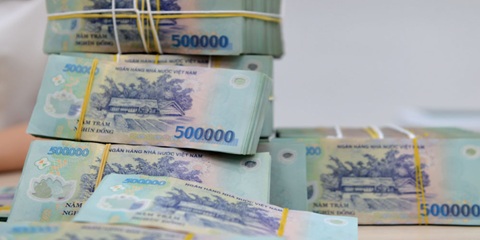
NEW ECONOMIC POLICIES EFFECTIVE THIS DECEMBER
Government Decree 304/2025, effective December 1, sets stricter conditions for seizing collateral, especially assets that are a borrower’s sole residence or essential work tools. In such cases, lenders must set aside a compensation amount equivalent to six to twelve months of minimum wage. The measure aims to improve transparency in bad debt handling and reduce credit risk in the banking system.

QUANG NINH TARGETS VND58 TRILLION IN TOURISM REVENUE
Quang Ninh Province is aiming to generate VND58 trillion in tourism revenue this year after surpassing its goal of 21 million visitors, driven by new tourism products, expanded nighttime activities, and large-scale events. As of mid-November 2025, Quang Ninh had welcomed 21.28 million visitors, up 12% year-on-year. Tourism revenue reached at least VND57 trillion, a 22.46% increase from the same period last year. With its visitor target achieved, the province is now pushing toward its revenue goal of VND58 trillion.
